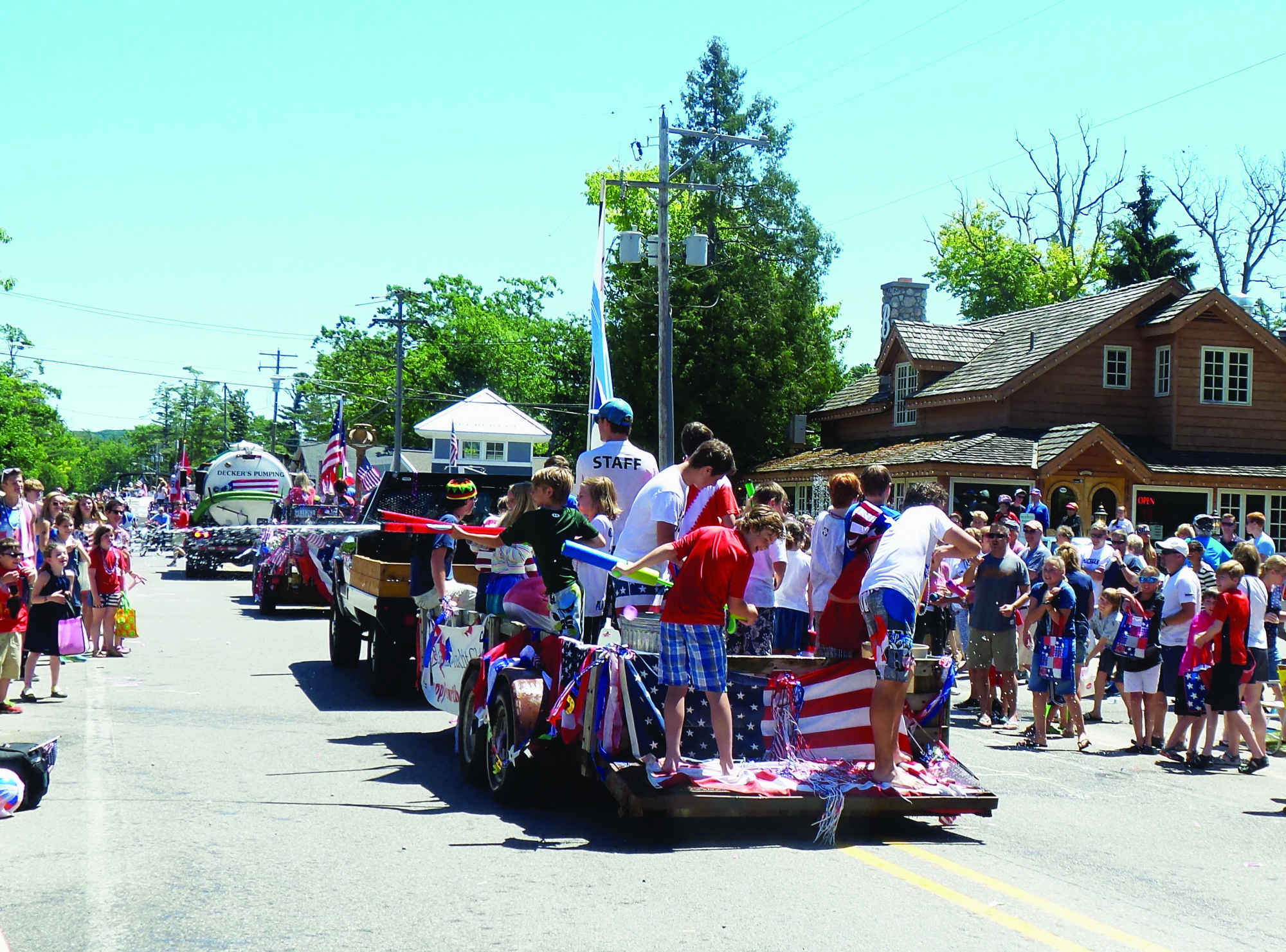Inland Seas expands, announces fundraising campaign
By Ross Boissoneau
Sun contributor
When Tom Kelly, John Elder and Peter Doren founded the Inland Seas Education Association in 1989, they were no doubt pleased it served over 1,100 students on the chartered schooner Malabar that first year.
In the three decades since, the organization’s popularity has soared. According to the history timeline on its website, the ISEA has impacted 150,000 individuals since its founding. “It’s the story of our growth, the result of 36 years of doing the work,” says ISEA Executive Director Fred Sitkins.
Today, the demand for its programs has outpaced its capacity. Rather than scaling back its mission, the ISEA is pushing forward with the Campaign for the Future of Great Lakes Education, an $11 million initiative to expand its campus, capacity and capabilities to meet the needs of tens of thousands of underserved urban and rural youths around the Great Lakes states.
The campaign has already raised more than $8 million in its quiet phase. Now it is working to secure an additional $3 million to complete the expansion and renovation of the buildings on its three-acre campus on the shore of Suttons Bay, and provide more opportunities for students to study.
Sitkins says the organization’s programming is essential to developing the next generations of scientists committed to study of the Great Lakes. It does so through its schoolship and land-based programs, but also by educating teachers. Sitkins says teachers from all eight Great Lakes states take advantage of the professional development offered by the ISEA.
The hope, as it says on its website, is its programs will provide “meaningful educational experiences that inspire hope, enjoyment, and a lifetime commitment to the resiliency of the Great Lakes.”
“No other organization is doing this,” says Sitkins. “We’re a leader in experiential education.”
Proof of the organization’s growth is easy to see, both in the water and on the ground. The ISEA added a second schooner, Alliance, in 2022, and earlier this year was gifted the nine-acre Leo Creek Preserve. Located south of Suttons Bay along the Leelanau Trail, it features more than 1,000 feet of waterfront along Leo Creek, a groundwater stream that feeds into Grand Traverse Bay. The outdoor learning laboratory, nature preserve, and botanical garden and will enable the organization to expand its shoreside programs.
That’s an area Sitkins is particularly pleased about. The ISEA offers four different Watershed Exploration programs, each developed for different age ranges. The programs are designed to help teachers meet Michigan’s K-12 Science Standards. He says its year-round shoreside programs enable the ISEA to continue pursuing its mission even when its schooners are in dry dock.
Funds raised during the earlier phase of the campaign enabled the organization to purchase the Millside building next to its current facility. Work will begin later this year to renovate it. The top floor will be educational space, Sitkins says.
The lower level will be retrofitted to provide a site for work on the organization’s ships in the offseason. “The biggest need is for indoor space for vessel maintenance. The last $3 million will fund the new build and trail system.”
Sitkins says he expects the renovations to be completed by the end of next year. And should the organization continue to see increasing need for its programming, Sitkins says it will be prepared. “We can grow and expand with this footprint.”
The ISEA maintains that the experience of learning about the Great Lakes on the Great Lakes watershed, where students can touch, see, and hear the material they are learning about, cannot be replicated in a classroom. Its schoolship program visits ports across the Great Lakes. Just last year it hosted programs at seven different away ports: Chicago, Charlevoix, Houghton, Marquette, Sault Ste. Marie, Hessel, and Detroit.
Sitkins says the organization is deeply indebted to those who have supported it over the years, both financially and as volunteers. Volunteers have filled numerous roles, including schoolship instructors, Inland Seas ambassadors, ROV instructors, crew members, fund development volunteers, and office workers. Sitkins says the ISEA has between 100 and 150 volunteers, but like virtually every organization that relies heavily on its volunteer base, it is always looking for more.
Anyone interested in donating or volunteering can go to the ISEA website at schoolship.org to see ways to give. All told, the improvements and additions the additional funding will provide will allow the ISEA to serve over 10,000 individuals annually—almost 10 times the number it served that first year.











